In Winter, We Can Clearly See
Tree Trimming Technique
In Winter, We Can Clearly See
Tree Trimming Technique
In Winter, We Can Clearly See Tree Trimming Technique
In Winter, We Can Clearly See Tree Trimming Technique
As I drive around the area, I am constantly observing how trees are trimmed. And as my friend Jim, who has done extensive tree work on the East Coast tells me, there is A LOT of bad tree trimming that is done around here. I will show you some photos where you can see it clearly.
And for certain kinds of trees, it’s easier in the winter to see how they were trimmed. These are the varieties that go dormant, and lose their leaves. In the summer, a person might look at a tree and think, well it LOOKS ok, after all it has a bunch of green leaves up there.
Even in summer a trained eye can see the bad cuts, but now that it is winter, I can easily show you with photos what is good, and what is bad, and tell you why, I think.
A lot of people probably think, and rightly so in some ways, trees are big, trees break, we’ve got to get control over these big trees, so they don’t come crashing down on things like cars in parking lots, or buildings that might be close by, or heaven forbid, all the people that are constantly milling around.
And so, in an effort to control these mighty monsters, they sometimes just cut off the tops in half, kind of like a Mighty God came by with a sickle and just chopped it in one swipe.
Here are some examples of these kinds of cuts.
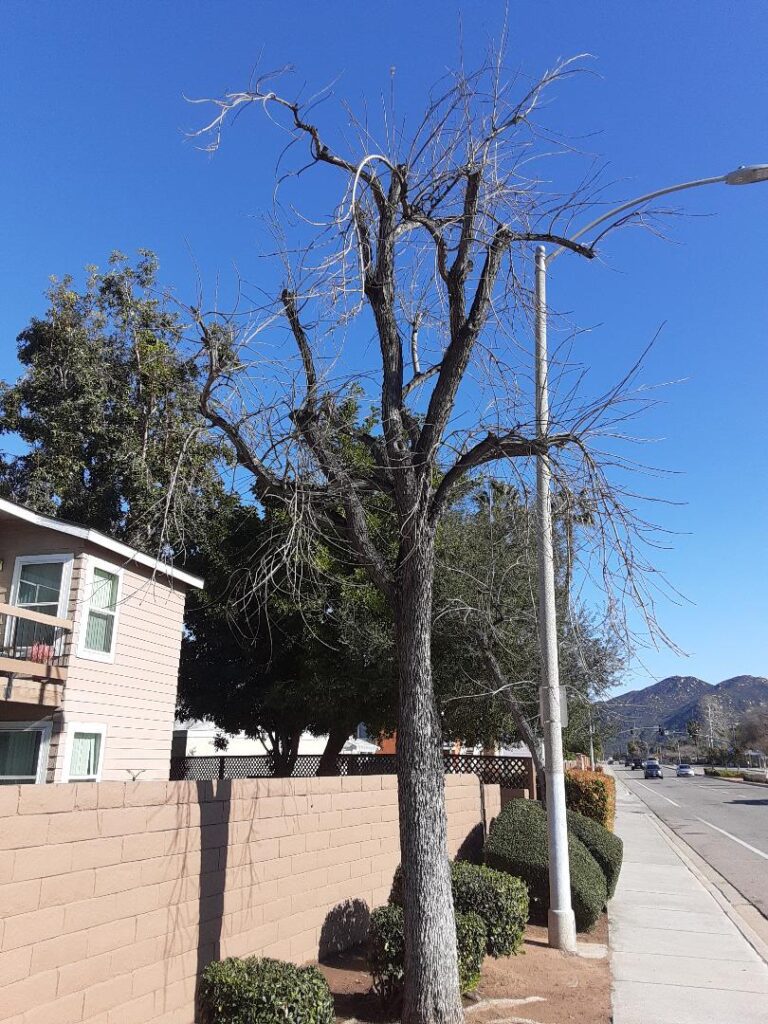

Was That Good Trimming (in pics above)?
Maybe some people might think that it is a good idea to trim the trees above like this. But I think most would look at trimming like that and think it’s a damn shame.
And my friend Jim, who is the one who did about 15 years tree work on the East Coast, was telling me the other day that you never see that kind of work over there (Massachusetts). And if you did work like that OVER THERE, boy the wrath of the Almighty would come down on you like a house of fire. They would be telling you that you better come up with about $100,000, to replant a normal tree in the place of the one you ruined. Stuff like that.
We don’t bother saying that to trimmers around here apparently.
A Decently trimmed sycamore
A Decently trimmed sycamore

So here is a fairly good sized tree, in a parking lot of all places, where cars are below, and people are constantly ready to have tree branches smashed down on their heads.
Should we be all in a sweat over the danger of it, the height, and not only now, but what about how high it WILL get, as it keeps on growing? After all sycamores like this get to 100 feet, at least I think I’ve seen them that tall around here.
And the answer is, yes normally you MIGHT be worried about that in a parking lot for this or any OTHER variety, though some varieties are more apt to break than others.
Tree Canopy Thinning and Proper Crown Reduction
Tree Canopy Thinning and Proper Crown Reduction
But the thing of it is, if they keep trimming the trees here like this, I will feel better about it. You see, the tree has obviously been properly thinned and had a bit of a crown reduction at the same time. So it is sustainable, as long as it is kept up.
It will get bigger and bigger of course. But it will look good as it does, and be relatively strong throughout its life.
The method is, instead of cutting the tree off, as if in one big cut with a sickle, you thin out the crown, and cut the longer branches off, leaving some of the shorter ones to continue on.
A Sycamore Before Trimming
A Sycamore Before Trimming

Proper Taper Of Tree Branches
Proper Taper Of Tree Branches
If you go back and look at the sycamore, that was thinned well, follow from the trunk below on up to the tips of the branches, and you will notice something. The branches gradually “taper,” that is, they gradually get thinner as they go higher.
This is what we like to see. It is rather like a fishing rod, that is made under the same principle. That is what makes trees (and fishing rods) strong.
When you hack a tree in half, admittedly, it does make it more sturdy in the short term. But the natural taper is then lost.
Suckers, which is what you call the branches that grow after a topping cut, do not really grow with taper. The mainly regrow from right under the cut, and in place of the branch that was cut, 3-5 new ones will come out. They then grow like their pants were on fire, trying to remake the old height, and reestablish leaf surface area.
Their main characteristics of growth are: growing very long in a tremendous hurry; straightness, as opposed to gradual bends, forks, and tapers; and skinniness. If they are left for longer than a couple years, they make the tree overall weaker.
The only way topping makes the tree stronger is in the short term. Therefore they must be retopped every 2-3 years to regain that sturdiness. A nice business model for tree guys, as I like to (jokingly) say, but maybe the trees would be better served to be trimmed once in awhile in this proper way shown in the 1st pic.
The Same Tree (from above) In Summer
The Same Tree (from above) In Summer

Overall we can see that the tree we were looking at in winter has come in nicely. There are faint hints of suckering on the trunks of the branches, which is a symptom, I believe, of the tree needing to regain a bit more leaf surface area, since parts have been trimmed away. You can see this in areas of dark in that pic, that don’t quite look right.
But besides that, it came in fairly evenly throughout. And you can kind of see that the tree is not too heavy; it seems to bear weight well. Overall, the look is pretty good. This is what we are after.
See Some Before and After Pics (our work)
It might be a good idea to look at some before and after pics, to see examples of good trimming. You can see that over here. Go down the page 1/2 way, and there are a whole bunch of them.


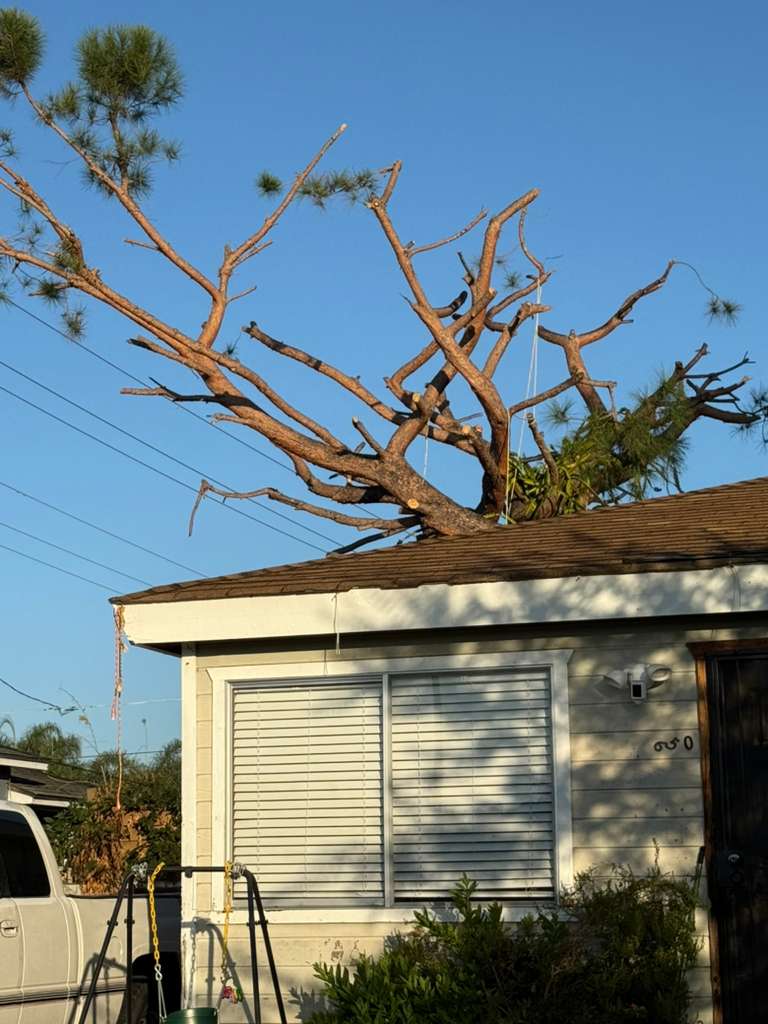
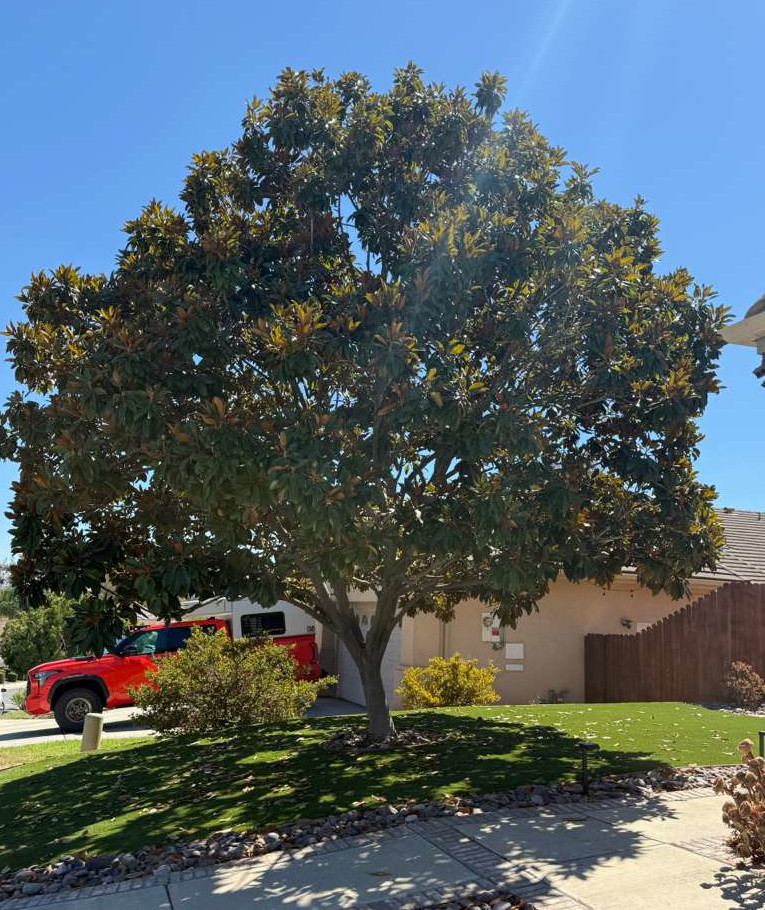
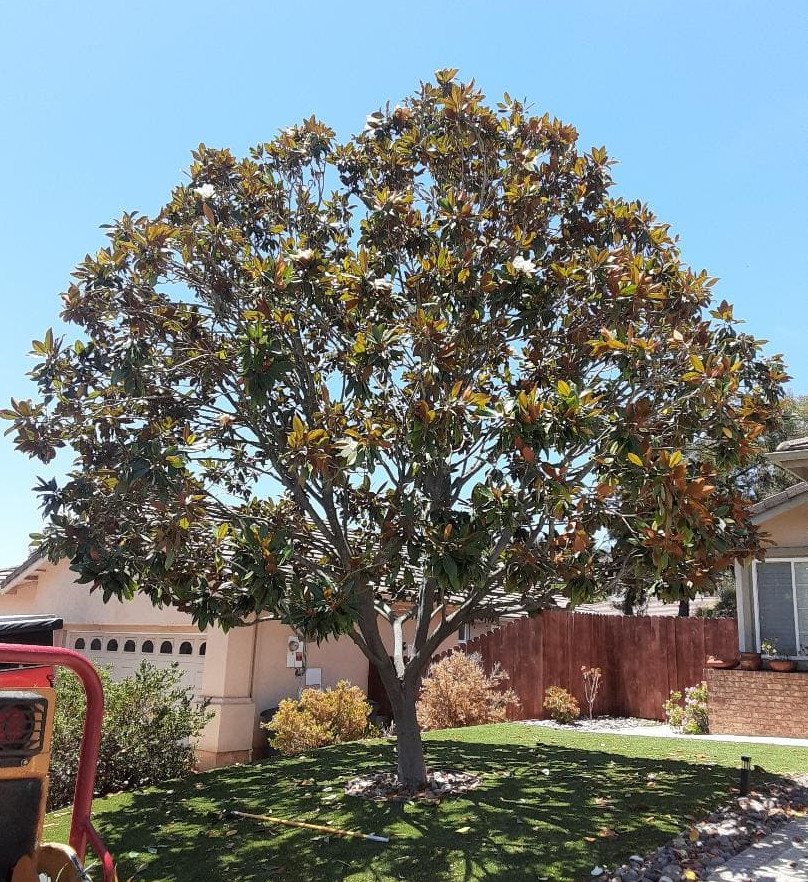
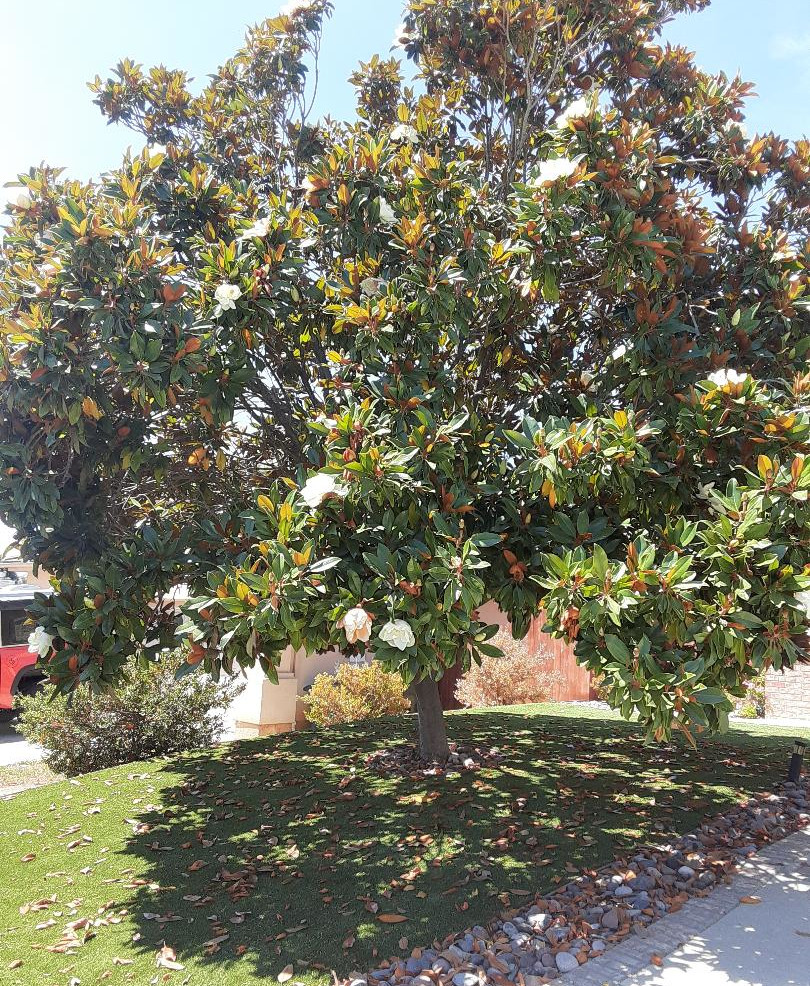


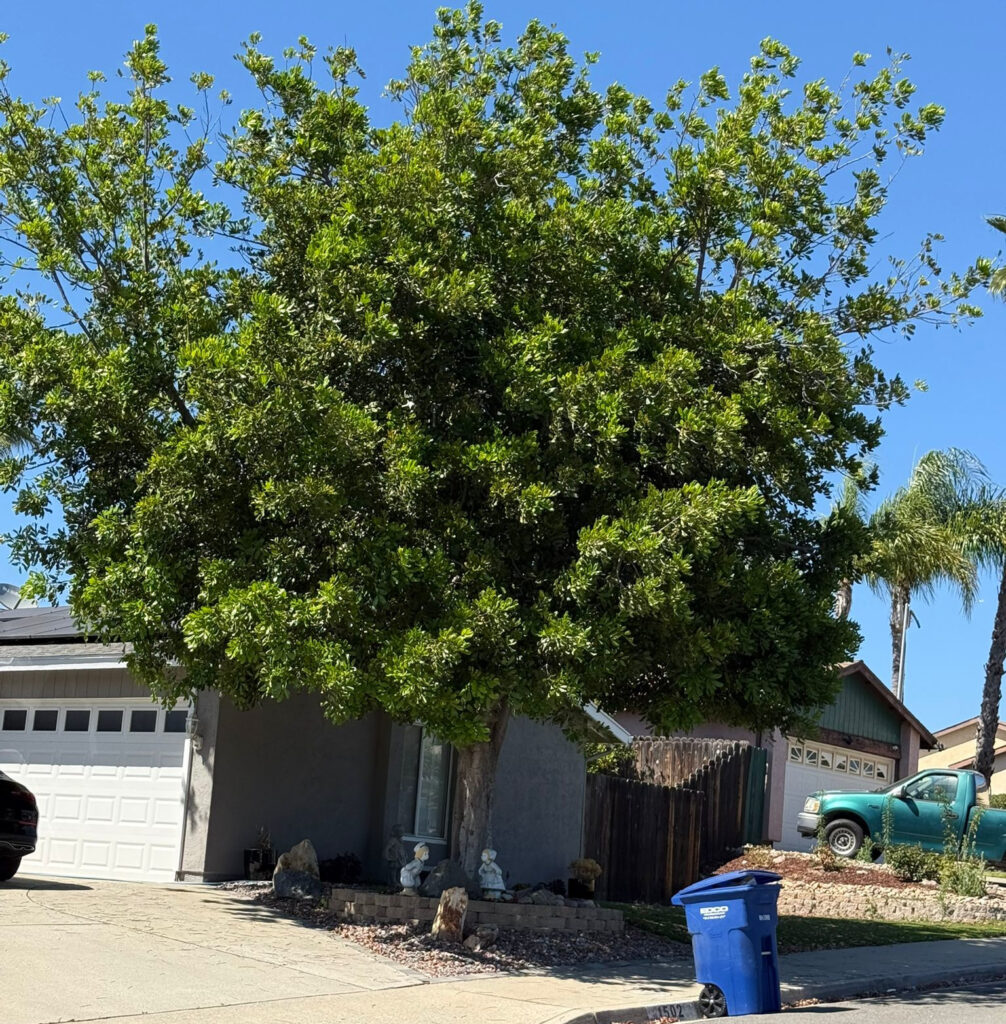
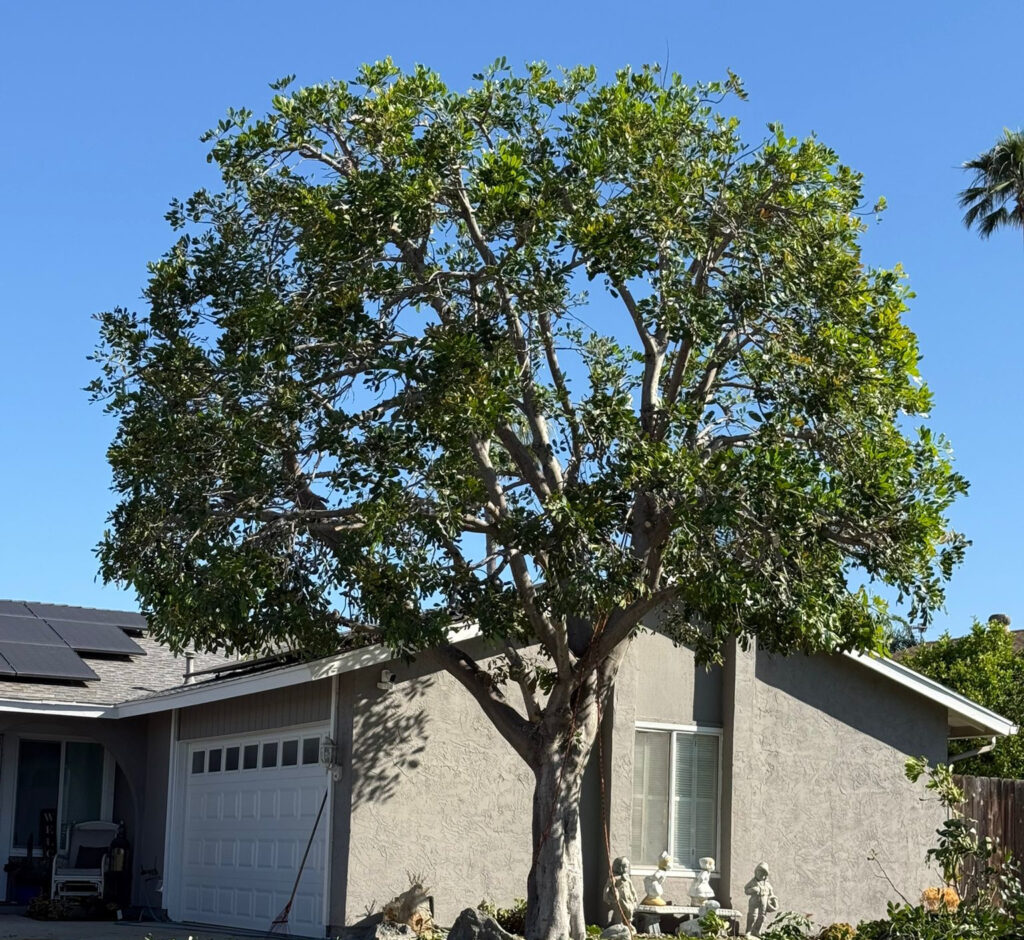
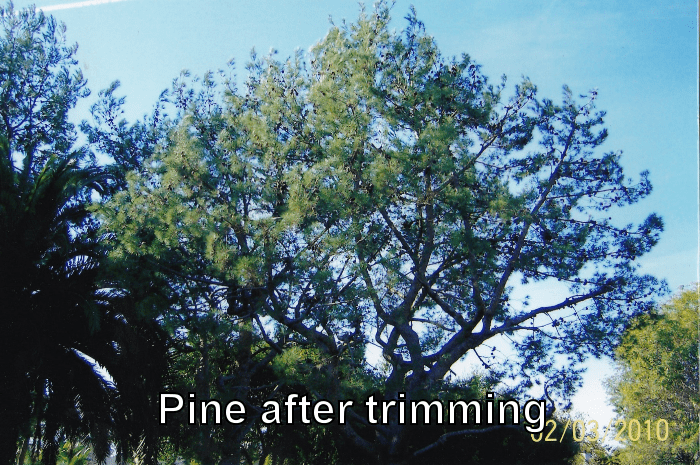
I love what you guys tend to be up too. This type of clever work and coverage!
Keep up the fantastic works guys I've added you guys
to my personal blogroll.
I'm extremely impressed with your writing skills and also with the layout on your weblog. Is this a paid theme or did you customize it yourself? Either way keep up the excellent quality writing, it is rare to see a great blog like this one nowadays..
I'm realoy impressed together with your writing talents and also with tthe structure in your blog.
Is that this a paid subject matter or did you odify it your self?
Either way kesep uup the excellent high quality writing, it's rare to look a nice blog like this one
today.. https://Menbehealth.Wordpress.com/